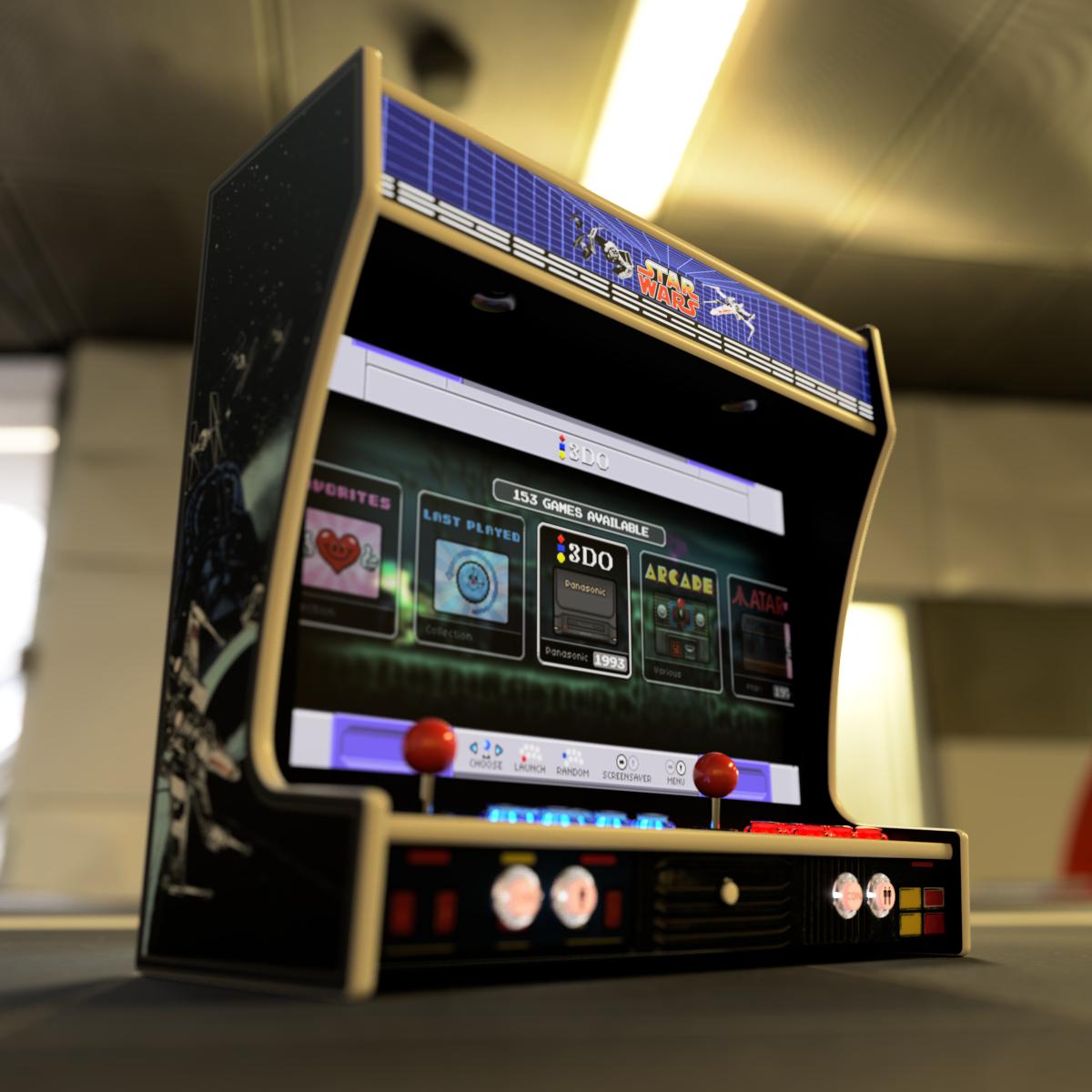What to Look for Before Buying a Custom Arcade — A Complete Buyer’s Guide
- Simple Arcades Tech

- 4 days ago
- 3 min read
Updated: 2 days ago

Buying a custom arcade should be exciting — not confusing.
But once you start looking, you’ll find hundreds of options. Some promise 80,000 games, others claim premium builds at bargain prices. The truth? Many of them look great on the surface but cut corners where it matters most.
Whether you’re shopping for your first machine or comparing builders, here’s what to really look for before you spend your money.
1. Materials Matter — The Foundation of Every Arcade
It’s easy to get caught up in lights, art, and specs, but the most important part of any arcade is what you can’t see: the cabinet itself.
Avoid anything made from MDF, particle board, or melamine. They look fine when new, but they crumble, chip, and swell over time — especially if they get bumped or exposed to humidity. Screws strip out easily, edges blow apart, and repairs never feel solid again.
Look for cabinet-grade plywood, preferably maple or birch veneer. It’s strong, holds screws tight, and can handle years of gameplay without wobble. “Cabinet-grade” isn’t just a buzzword — it means the wood has multiple cross-laminated hardwood layers, minimal voids, and a smooth, paint-ready face used by professional cabinetmakers.
When you’re investing in a centerpiece for your game room, this is what gives it real longevity.
2. Game Count Myths — Why Bigger Isn’t Better
If you’ve read any arcade listing, you’ve seen it: “50,000+ Games!” “70,000+ Titles!” It sounds impressive until you realize what’s actually in there.
Many of those massive libraries are stuffed with broken ROMs, duplicates, obscure computer ports, or games that can’t even be played with arcade controls. You’ll find thousands of Commodore 64, Amiga, and MSX titles that require keyboards or mice — not joysticks and buttons.
A curated library — like 12,000 working, playable games — is far more valuable than a bloated number. Look for systems that list the platforms included, explain what’s playable, and show real screenshots or game lists. If a seller won’t share that, there’s usually a reason.
You don’t need the most games. You need the right games.
3. Controls and Compatibility — Keep It Simple
This is where many buyers get tripped up. A clean control layout makes all the difference in how fun your arcade is to play.
Every great arcade starts with joysticks and buttons — the core controls that make classics feel right. Extra inputs like trackballs and spinners are great for specific titles (Centipede, Arkanoid, Tempest), but beyond that, more controls usually just mean more confusion.
Be cautious with “everything” machines that pack in flight sticks, light guns, and analog controllers all on one panel. They look flashy, but they’re often awkward to use and cramped to play on. A well-designed panel feels intuitive — turn it on, press start, and you’re playing.
If a builder includes modern systems like N64 or PS2, ask how those games are controlled. Analog consoles don’t map correctly to digital arcade joysticks. It’s the difference between an arcade that just works and one that frustrates you from day one.
4. Ease of Use — Don’t Buy a Project
Some arcades arrive looking beautiful but play terribly.
Menus freeze, games don’t launch, and sound doesn’t work without a trip through settings. That’s fine if you’re a tinkerer — but if you’re paying for a finished product, it should be plug-and-play.
A good builder designs their system so every game boots fast, controls are pre-mapped, and save features work out of the box. You shouldn’t need to learn emulator software just to enjoy your purchase.
At Simple Arcades, that’s the goal — power on, pick a game, play.
5. Design, Support, and Transparency
Before buying, check what the builder actually tells you.
Do they list their materials? Their hardware? Their support options? Do they show photos of what’s inside the cabinet, or only glamour shots of the outside?
Good companies are transparent because they’re proud of what they build. Look for signs of accountability — clear warranty terms, real contact info, and prompt responses. If a company hides the details or avoids specifics, that’s usually a red flag.
The Simple Philosophy
There’s a reason we call our company Simple Arcades.
Simple doesn’t mean basic — it means built right. From cabinet-grade plywood and curated games to clean control layouts and real craftsmanship, everything we do is designed to make your arcade last and perform the way it should.
Before you buy any custom arcade, remember:
Quality materials beat flashy paint.
Curated games beat inflated numbers.
Thoughtful design beats unnecessary features.
That’s what separates a machine that lasts for decades from one that barely survives shipping.



Comments